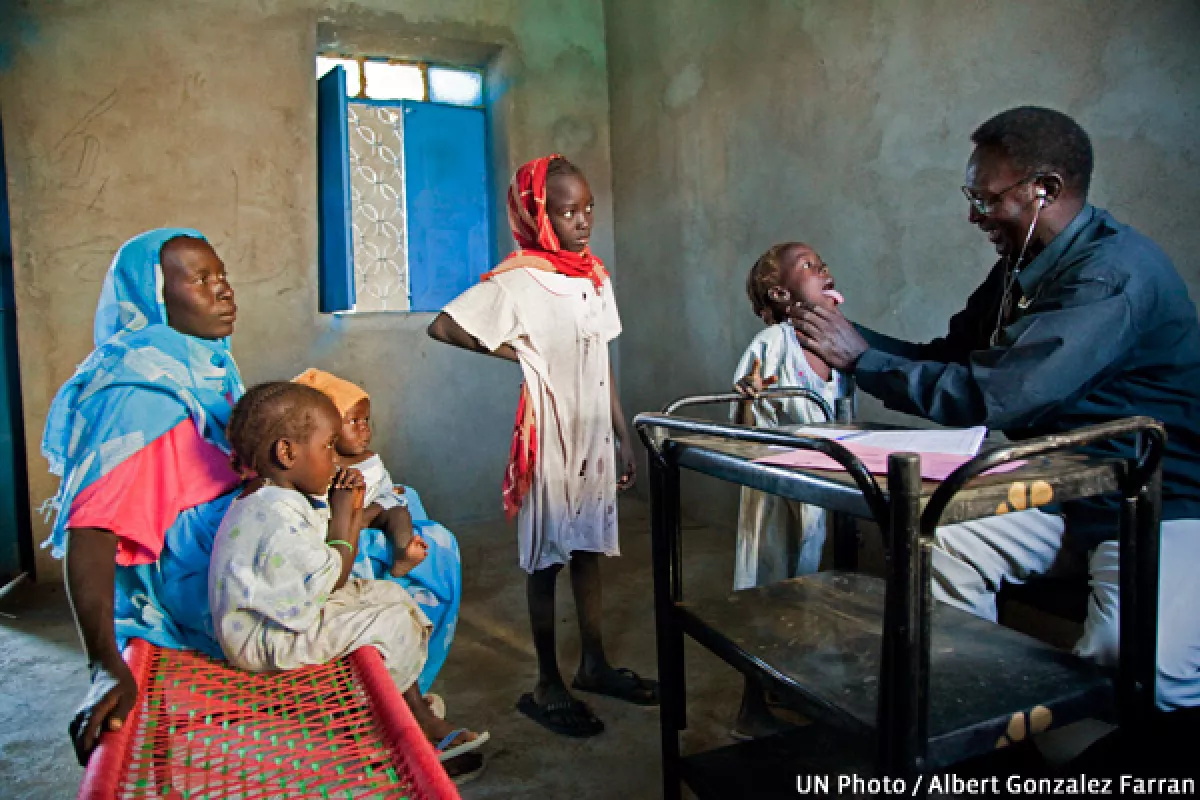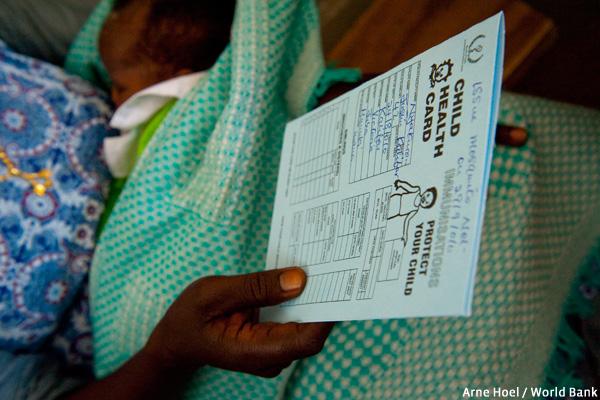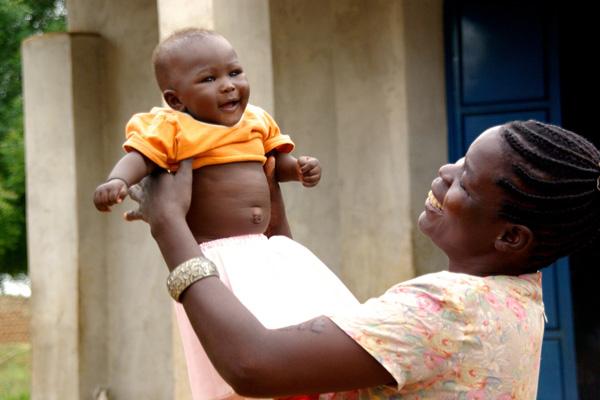UHC explained: Women, children and adolescents as a UHC priority

Countries should implement UHC strategies that move swiftly to full population coverage in an equitable way, giving a high priority to meeting the needs of women, children and adolescents.
Why should countries prioritise population coverage over other aspects of UHC e.g. the package of services and quality?
Analyses of successful UHC strategies show that countries that prioritise reaching FULL population coverage quickly (e.g. Thailand and Sri Lanka), tend to perform better (in terms of improved health outcomes, lower inequalities and less impoverishment) than those providing a more generous benefit package to selected population groups.
It is better that all members of society receive some services and financial protection, even if the service benefit package is modest, at least initially.
Which services should be scaled up first for full population coverage? Should countries start with primary health care services?
One of the main criteria for selecting services for full coverage should be cost-effectiveness: which services represent the best value for money in improving health outcomes at minimum cost.
Here the international evidence is clear: primary health care services are the best buy countries can make. PHC services should be provided close to where people live and represent the first level of contact that people have with the national health system. At this level, services are most accessible and can be provided at relatively low cost through health centres and community-based services.
Nepal, Rwanda and Ethiopia have achieved the health-related MDGs, by focusing their UHC strategies and public health financing at the PHC level. These services have included child and maternal health services such as: antenatal consultations, childhood immunizations, maternity services, insecticide treated bed nets, treatment of respiratory infections and diarrhea and family planning services.
The benefit package of Thailand’s universal coverage programme, launched in 2002, also focused on primary care interventions and initially excluded some high-cost specialist hospital services. However, as more public financing has become available the benefit package has grown and services such as renal dialysis and haemophilia treatment are now available for everyone who needs them.
WHO and the Gates Foundation are strong advocates of a primary care driven approach to achieving UHC.
Why should women, children and adolescents be a priority for UHC?
Women, children and adolescents must come first, because they often have no financial resources to pay for their essential health care. This makes them a key target population to receive subsidies in a UHC system.
A simple way for countries to prioritise women, children and adolescents is to provide free essential health services that these groups particularly need, such as: immunizations, antenatal care, maternity services, family planning services, and prevention and treatment for diseases such as malaria that children are particularly susceptible to.
Covering women, children and adolescents as a priority is compatible with the agenda of completing the health Millennium Development Goals enshrined in the new SDG target 3.2 of reducing infant and maternal mortality. It will also help achieve SDG 5: Achieve gender equality and empower all women and girls.
Why might women, children and adolescents be left behind?UHC reforms are inherently political processes and there is a tendency for powerful interest groups to try and secure preferential health benefits for themselves. In particular male-dominated groups such as government officials, military personnel and formal sector workers often try to establish separate health insurance arrangements for their own benefit. These schemes are not compatible with the equity principles underlying UHC, especially as they often exclude informal sector workers, elderly people, women and children.



